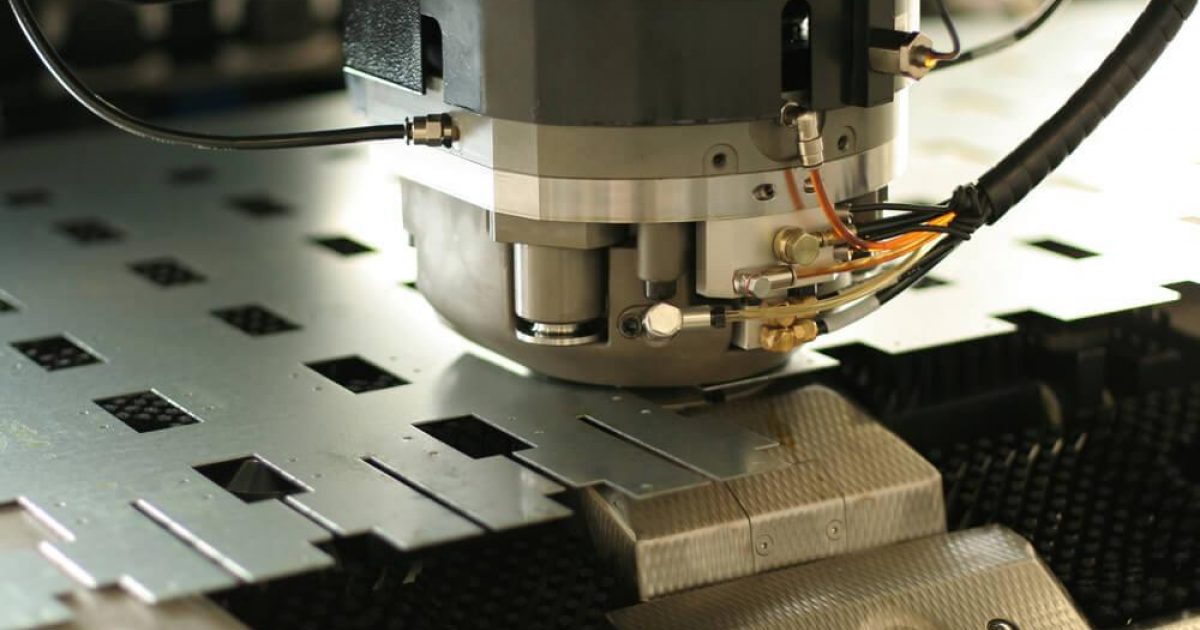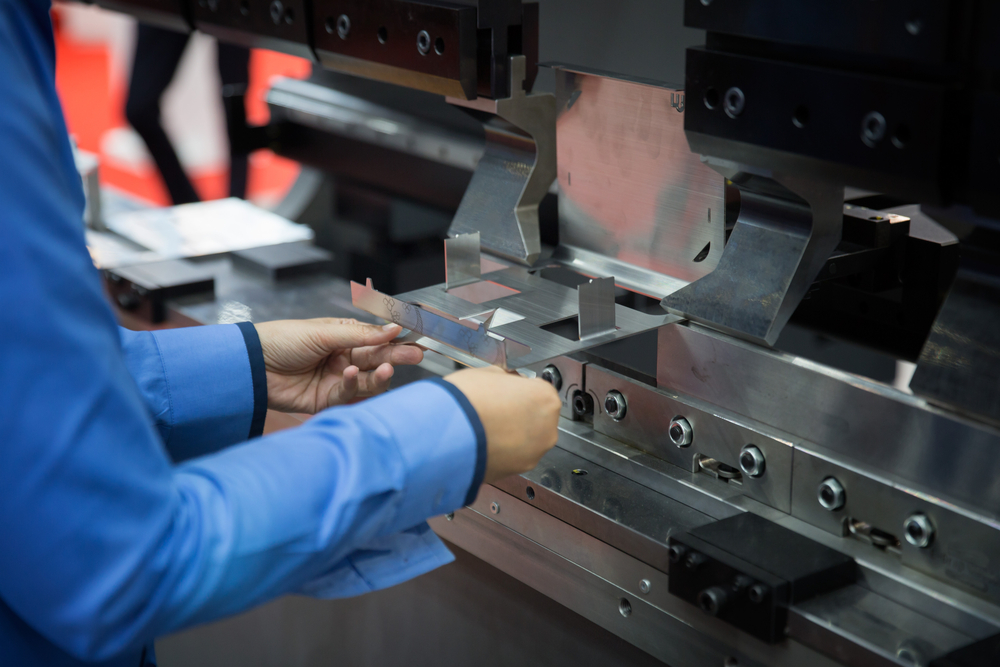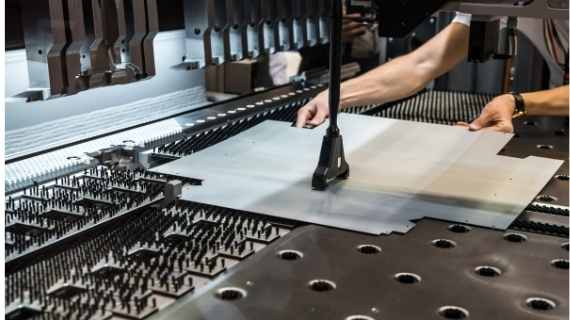In the fast-paced world of industrial manufacturing, staying ahead of technological advances is crucial. One significant area where manufacturers can enhance their operations is by upgrading stamping press controls. By doing so, businesses can significantly increase productivity, improve precision, and reduce downtime.
Updating these controls not only optimizes the production process but also aligns with the industry’s evolving standards. Let’s delve into why upgrading is essential and how it can transform your manufacturing operations.

Why Upgrade Stamping Press Controls?
The manufacturing landscape is continuously evolving, with emerging technologies shaping how factories operate. Stamping presses play a critical role in producing components across various industries, from automotive to consumer electronics. However, older systems often lag in efficiency and precision, leading to potential production bottlenecks.
By upgrading stamping press controls, manufacturers can ensure the machinery operates at peak efficiency, meet increased demand, and maintain a competitive edge. Modern controls offer advanced features such as improved data analytics, enhanced safety measures, and better user interfaces, which collectively contribute to smoother operations.
Benefits of Modern Control Systems
Adopting modern control systems presents numerous benefits:
- Increased Efficiency: Upgraded controls streamline operations, reducing cycle times and boosting output.
- Improved Precision: Advanced controls ensure higher accuracy in stamping, leading to better product quality.
- Enhanced Safety: Modern systems incorporate safety protocols that protect both workers and equipment.
- Data-Driven Decisions: Real-time data collection and analysis help in making informed operational decisions.
For more insights into the benefits of modern systems, visit Mechanical Stamping Press Anatomy.
Steps to Upgrade Your Stamping Press Controls
Assess Current System Limitations
Before making any upgrades, it’s essential to evaluate the current system’s limitations. Identify areas where performance is lacking and determine what features are necessary to address these gaps. This assessment helps in selecting the appropriate upgrades that align with your operational goals.
Selecting the Right Technology
Choosing the right technology is crucial for successful upgrades. Consider factors such as compatibility with existing equipment, ease of integration, and scalability. Consulting with industry experts can provide valuable insights into the latest technologies that suit your specific needs.
Implementing the Upgrade
Once the technology is selected, the implementation phase begins. This involves installing new control systems, testing their functionality, and training your workforce. Ensure that the transition is smooth by involving experienced technicians and leveraging their expertise.
Challenges in Upgrading Stamping Press Controls
While upgrading offers multiple benefits, it is not without challenges. Budget constraints, potential downtime during installation, and the need for skilled personnel can pose significant hurdles. However, with careful planning and strategic execution, these challenges can be effectively managed.
Minimizing Downtime
One common concern is minimizing downtime during the upgrade process. To address this, plan the upgrade during off-peak hours or schedule phased implementation. This approach ensures that production continues with minimal interruptions.
Training the Workforce
Ensuring that your workforce is well-trained to operate new systems is crucial. Organize training sessions and provide ongoing support to help employees adapt to the updated controls. This not only boosts their confidence but also ensures that the machinery is used to its full potential.
Future Trends in Stamping Press Technology
As technology continues to advance, future trends in stamping press technology are likely to focus on automation, AI integration, and IoT connectivity. These innovations promise to further enhance efficiency, predictive maintenance, and operational flexibility. Staying informed about these trends can help manufacturers prepare for future upgrades.
For more on staying competitive in the changing landscape, visit Productivity Improvement.
Conclusion: Taking the Leap
In conclusion, upgrading stamping press controls is an essential step for manufacturers aiming to optimize their operations. While the process may present challenges, the benefits far outweigh the drawbacks. By enhancing efficiency, precision, and safety, modern control systems pave the way for improved productivity and competitiveness in the manufacturing sector.

FAQ Section
What are the key benefits of upgrading stamping press controls?
Upgrading stamping press controls increases efficiency, improves precision, enhances safety, and provides data-driven insights for better decision-making.
How can manufacturers address downtime during upgrades?
Manufacturers can minimize downtime by scheduling upgrades during off-peak hours and implementing changes in phases to ensure continuous production.
What future trends should manufacturers consider?
Future trends include automation, AI integration, and IoT connectivity, which promise to enhance efficiency and operational flexibility in stamping press technology.
This article contains affiliate links. We may earn a commission at no extra cost to you.

